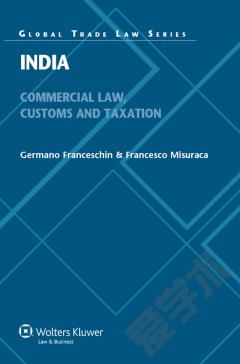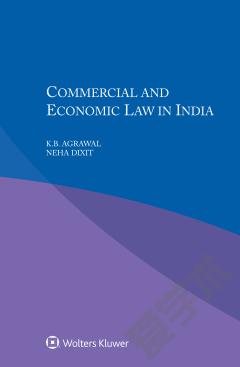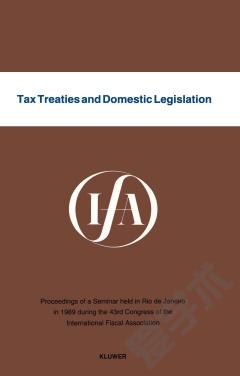India —— Commercial Law, Customs and Taxation
----- 印度商法, 海关与税收法合集
India, a Union of 28 States and 7 territories, with a population of over a billion people and multiple cultures and languages, is a democratic republic often called, quite rightly, ‘the largest democracy in the world’. Because the well-established English legal system endured after independence in 1947, India categorically remains a common law jurisdiction, and its legal practice and procedure is conducted almost exclusively in English. Nonetheless, Indian law is sufficiently complex in ways that are distinct from other European-based systems that a book such as this – in which the business legal system of India is thoroughly reviewed – will be really welcomed by both practitioners and academics. This book examines the full spectrum of India’s legal system as it applies to commercial, customs, and tax matters, and covers among much else such elements as the following: division of executive and legislative powers between the Union and the individual States; role of the Supreme Court and State high courts; role of State legislative assemblies; levels of appeals in judiciary system; power of specialised State tribunals in, for example, tax, company law, bankruptcy; power of the State to appropriate property; constitutional protection of culture and environment; use and citation of foreign judgments and jurisprudence; contract law; trusts; industrial relations; minimum wage law; income tax rules and procedure; bilateral double taxation agreements; copyright and trademark protection; semiconductor integrated circuits layout design; protection of plant varieties and farmers’ rights; competition law; multi-State cooperation agreements; and regulation of financial services. An extensive appendix supplies texts of the Constitution of India, the Indian Penal Code and 23 Legislative Acts pertaining to commercial, customs and tax matters. There is a sample franchise agreement, and an informative summary of current and projected foreign trade policy through 2014. Both as a guide to business lawyers working with Indian partners and as a comparative law treatment of the world’s second most populous country (and a rapidly growing economic powerhouse), this book has no peers.
{{comment.content}}








 京公网安备 11010802027623号
京公网安备 11010802027623号